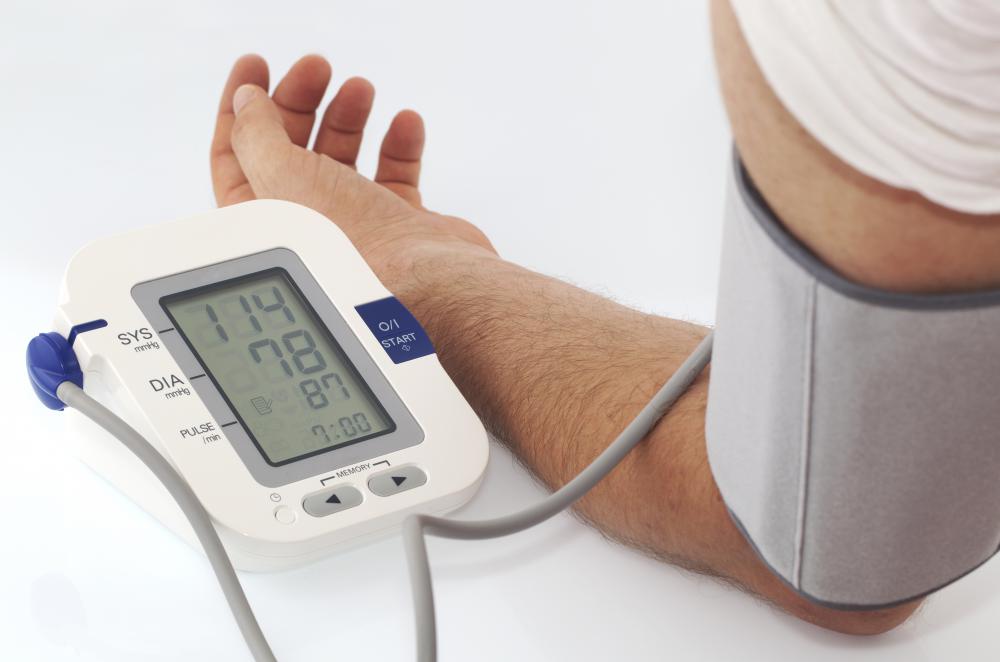At WiseGEEK, we're committed to delivering accurate, trustworthy information. Our expert-authored content is rigorously fact-checked and sourced from credible authorities. Discover how we uphold the highest standards in providing you with reliable knowledge.
What are Isometric Exercises?
Isometric exercises, also called static strength training, work various muscles without any joint movement. People often do these kinds of exercises for strength training and for rehabilitation purposes; muscles can become stronger, but joints don't become stressed. This kind of isolation happens because muscles are not lengthened during isometric exercises.
One of the main components of isometric exercises is submaximal, or below the maximum, muscle action. An example of this would be holding a weight in a stable position out to the side of the body. There is an amount of force required to keep the weight stable, but it doesn't require joint angles and muscle lengths to change. Submaximal isometric exercises generally are used during rehabilitation.

Another component is maximal, or the maximum, muscle action. This can be achieved by pushing against objects that don't move. For example, if a person wants a low-impact way to achieve the most muscle action possible, he or she might push against something that can't move, such as a wall. People looking to condition and build strength often select maximal isometric exercises.

Although isometric exercises are a form of strength training, they are not what necessarily what all athletes engage in. The majority of sports activities are performed against little or no resistance. Isometric exercises usually focus on training the muscle only at the specific angles the various exercises require.
There are some guidelines that should be followed to properly perform isometric exercises. First, a safe blood pressure generally needs to be maintained by breathing consistently; these exercises can cause blood pressure elevation while they are being performed. Blood pressure usually returns to its usual resting level after completing the exercises. This could, however, still be dangerous for people known to have cardiovascular disease or hypertension, so they should usually avoid doing such exercises. Additionally, some level of tension should usually be maintained in the abdominal muscles to improve posture and strengthen core muscles.

It's important to do warm-ups before these exercises and cool downs afterward. Although the muscles are not being as vigorously worked as they would be in other forms of exercise, more tension is being placed on them, which can lead to tears. These exercises are generally done two to three times per week. Results typically start to be seen within the first few weeks of training.
AS FEATURED ON:
AS FEATURED ON:
















Discuss this Article
Post your comments